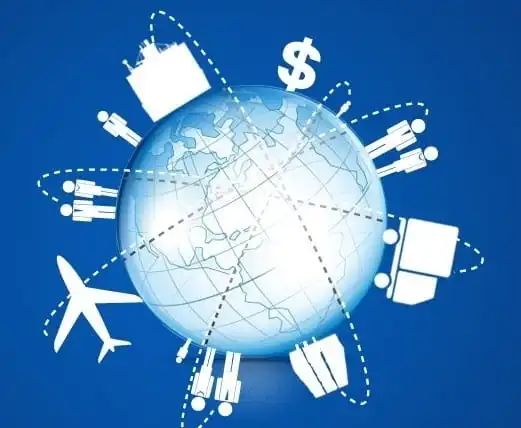1. Big Trends:
As of December 29, 2019, the total population of 230 countries in the world was 7.579 billion people, of which 266 million were in Indonesia; 106 million people in the Philippines; 96 million people in Vietnam;
69 million people in Thailand; Malay population of 32 million; Singapore has a population of 0.057 million.
Consumer groups in the Asia-Pacific region are concentrated in the 18-30 years old or so, love the Internet,
love consumption is the common characteristics of this generation. The "millennials" who have grown up with the Internet will be the main force of e-commerce consumption in the future.

2、 living consumption habits
Southeast Asia is home to the largest number of Chinese in the world. According to statistics, there are now more than 1 million overseas Chinese living in Indonesia, Thailand, Malaysia, Singapore, the Philippines, the United States and other six countries;
There are 11 countries with 100,000 to 1 million people, including Vietnam, Myanmar and Cambodia. The Chinese population in Singapore is 74%. The Chinese are one of the main economic contributors in Southeast Asia.

With the exception of Singapore, the economies of Southeast Asian countries are dominated by agriculture, fisheries and manufacturing.
Southeast Asia's local daily necessities are generally imported through traditional B2B trade. China tops the import rankings in Southeast Asia. Foreign trade enterprises to transport a large number of goods to Southeast Asia, need to pay high taxes, freight and storage costs,
these costs are equalized to the unit of goods, so the price of local goods is generally higher. Locally grown fruits, coffee, etc., are relatively cheap.
In addition, mobile payment and credit cards are not yet popular in Southeast Asia, and people are still accustomed to using cash on delivery and bank transfer for online shopping.
3. Basis of logistics conditions
Cross-border logistics is the most important part of cross-border e-commerce. The level of logistics in Southeast Asia is also growing explosively with the development of e-commerce.

At present, there are four main types of shipments from China to Southeast Asia: postal parcels, international express delivery, domestic express delivery, and dedicated logistics. In order to simplify the seller's operation process,
the cross-border platform has specially set up a transit warehouse and an overseas warehouse to provide cross-border sellers with a full line of delivery services from the sea to the end of the shipment at a lower price.
4. Platform development direction
There is no denying that cross-border e-commerce has caused no small impact on the economic development of Southeast Asia. The platform has a low threshold to attract investment,
so that all walks of life can successfully enter the field of cross-border e-commerce, which has caused a large number of Chinese cross-border sellers to flood into Southeast Asia.
China has a huge population, which is loud wherever it goes; For cross-border platforms based in Southeast Asia, it is necessary to regulate platform policies to maintain the balance of the local economy in Southeast Asia.

Therefore, Nantong Xinlijia cross-border e-commerce Industrial Park will shift its position to Southeast Asia, further expand the development channels, cooperate to coordinate and layout the market, and move forward to a higher field.
Southeast Asia's e-commerce potential began to break out, becoming a new blue ocean for traditional e-commerce and emerging platforms to develop layout.
 ch
ch English
English

